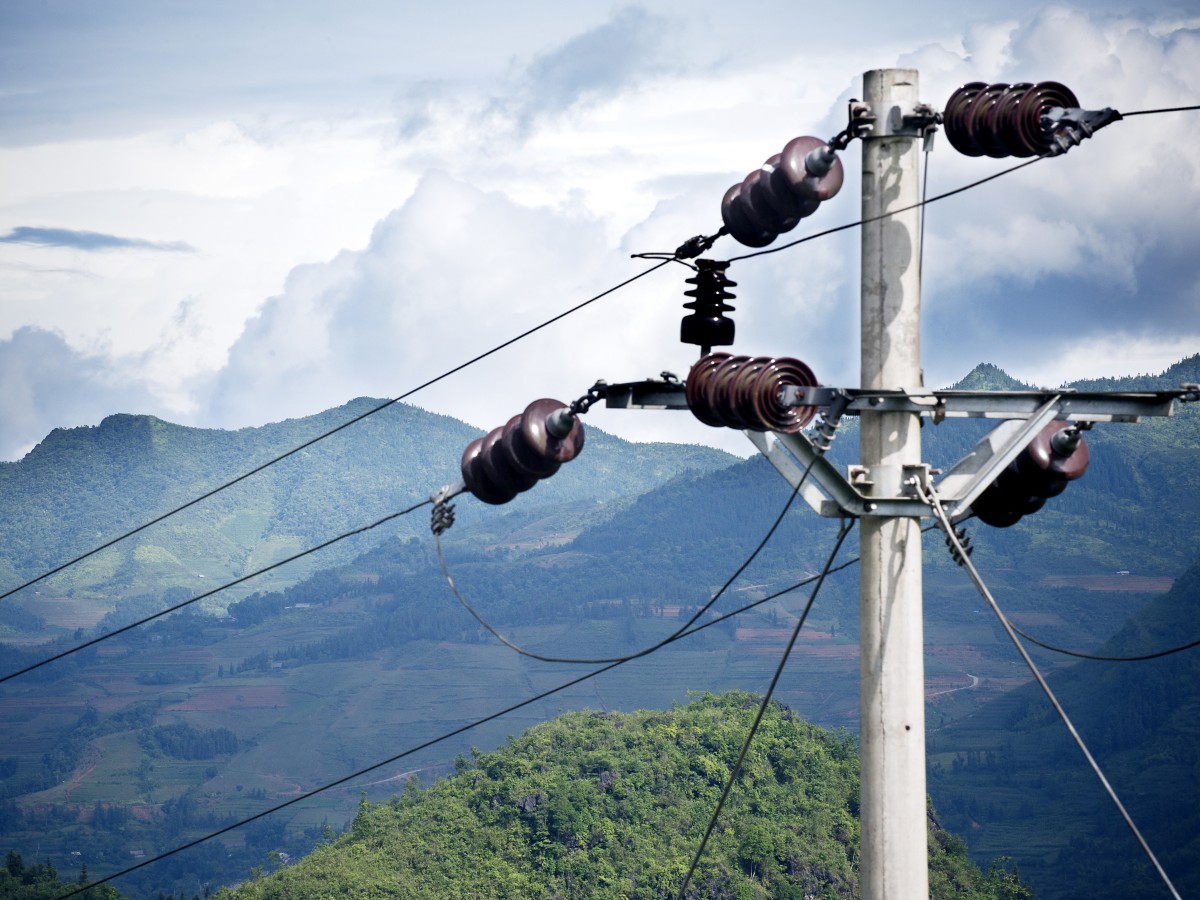
Climate Change Threatens the Power Grid. Can It Take the Heat?
The U.S. military is the single largest user of the electrical grid, and the grid’s resilience to critical to national security. The military depends on electricity to power electronics critical to military readiness and disaster response. If the grid goes down, bases must rely on backup power sources, such as generators, that are stocked with only a few days’ worth of fuel.
Yet, disasters like extreme flooding in the Midwest, wildfires on the west coast, and the hurricanes in the southeast threaten the power grid. Unfortunately, scientists predict extreme events like these are likely to become more frequent and severe, making the threat to the power grid and U.S. national security more acute.
There are, however, ways to improve the power grid’s resilience. According to a report released by the Intergovernmental Panel on Climate Change (IPCC), two criteria are necessary for climate-resilient power delivery systems:
- Systems must act to reduce climate change and its impacts, including both mitigation and adaptation.
- Designers must ensure that effective risk management institutions, strategies, and choices can be identified, implemented, and sustained as an integrated part of development processes.
In 2019, researchers at the University of Indonesia and Ajou University in South Korea broke these attributes down into four key characteristics:
- Anticipation: The ability of a system to avoid possible damage
- Absorption: Minimization of damage caused by a catastrophic event
- Recovery: Efficiency of rebuilding the system after damage from an event
- Adaptability: How well a system “learns” and improves readiness for the next event
Based on the attributes of climate-resilient systems, distributed energy resources (DERs) are an option that should be considered. They are small-scale energy generation and storage systems, such as rooftop solar panels, wind turbines, small combustion turbines, municipal waste-to-energy facilities, and others. They service fewer consumers, meaning a failure doesn’t result in massive blackouts. Furthermore, the relatively small size and low individual unit cost of DERs mean that poorly planned systems can be moved or overhauled following a disaster, preventing similar future damage.
Another climate-resilient option worth considering is a “smart grid.” A “smart grid” is a digital, rather than a physical, system that allows utilities and emergency services to quickly identify damage after a disaster. This makes rerouting power more efficient and improves recovery times.
ASP’s previous work on “smart grids” highlights the financial and informational advantages. Learn more about ASP’s work on “smart grids” and their benefits here.
DERs and “smart grids” are just a few examples of ways to improve power grid resiliency. They need not replace traditional, centralized power infrastructure, but instead improve resilience by diversifying the system. Utilizing small- and large-scale generation capabilities, as well as integrating digital workarounds, ensures that there’s always a backup power source.
The U.S. military requires a reliable power grid. Improving the grid’s resilience makes the U.S. more secure, and it could save billions of dollars in the long term. Climate experts and engineers have offered suggestions on how to best prepare the grid for climate change. The task now is to implement those suggestions, and implementation must keep pace with a changing climate. Doing so requires financial support and leadership. Let’s not wait for another dangerous blackout to get started.





